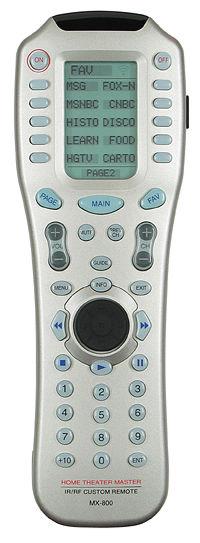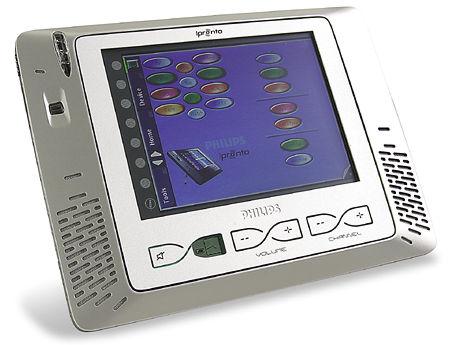Accessory Reviews
Sort By: Post Date TitlePublish Date
|
Oct 15, 2004 |
First Published: Oct 01, 2004
|
Sep 18, 2004 |
First Published: Sep 01, 2004
|
Feb 15, 2004
|
May 12, 2003 |
First Published: May 13, 2003
|
May 02, 2001 |
First Published: May 03, 2001
|
Nov 29, 2000 |
First Published: Nov 30, 2000
|
Apr 28, 2000 |
First Published: Apr 29, 2000
Pages
- « first
- ‹ previous
- 1
- 2
- 3
- 4














